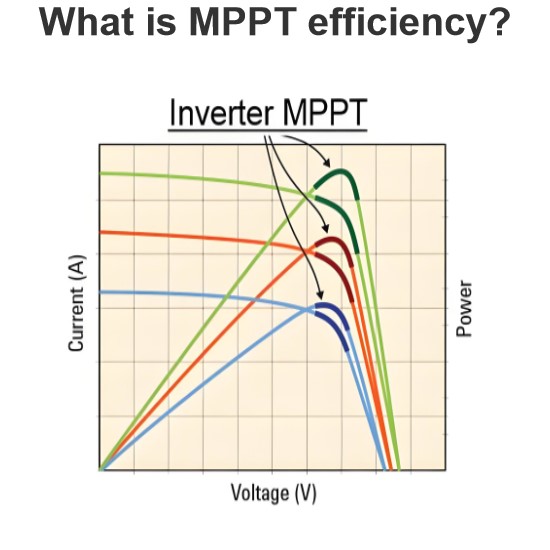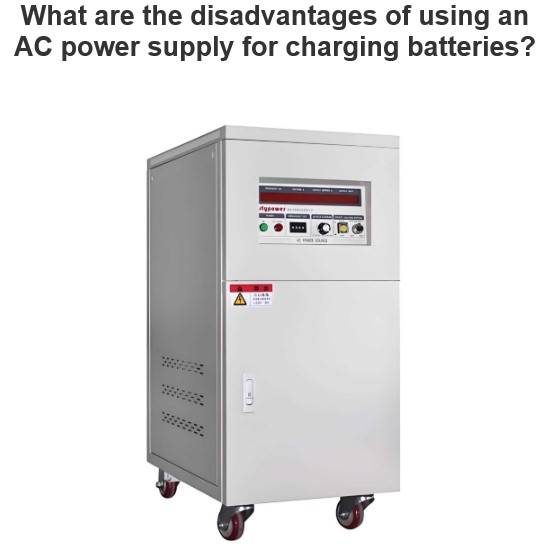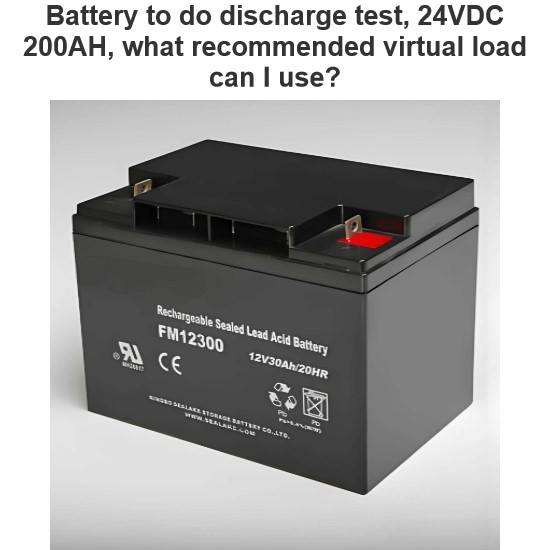Magnesium Battery | Chemistry Construction of Magnesium Battery
Magnesium is used as anode materials in primary battery because of its high standard potential. It is a light metal. It is also easily available being a low-cost metal. Magnesium/manganese dioxide (Mg/MnO2) battery has twice the service life i.e. capacity of the zinc/manganese dioxide (Zn/MnO2) battery of same size. It also can retain its capacity, during storage, even at high temperatures. Magnesium battery is very durable and storable since it always has a protective cover which is naturally formed on the surface of the magnesium anode.
The magnesium battery loses its storability once it has been partially discharged and that is why it is not very suitable for use in long-term intermittent applications. This is the main reason, why magnesium battery is losing its popularity, and lithium battery are occupying its market.
Chemistry of Magnesium Battery
In primary magnesium battery, magnesium alloy is used as the anode; manganese dioxide is used as cathode material. But manganese dioxide cannot provide required conductivity to the cathode, and that is why acetylene black is mixed with manganese dioxide to achieve required conductivity. Magnesium perchlorate is used as the electrolyte. Barium and lithium chromate is added to the electrolyte for preventing corrosion. Magnesium hydroxide is also added to this mixture as a buffering agent to improve storability.
The oxidation reaction which occurs in the anode is,

The reduction reaction which occurs in the cathode is,

Overall reaction,

The open circuit voltage, this cell gives around 2 volt but the theoretical value of the cell potential is 2.8 volt.
The chance of corrosion of magnesium is very less even under extreme environmental conditions. Raw magnesium reacts with moisture and forms a coating of thin film of Mg(OH)2 on its surface.
This thin film of magnesium peroxide serves as a corrosion protective layer over the magnesium. In addition to that chromate treatment on magnesium improves this protection to a very large extent. But when this protective film of magnesium peroxide is punchered or removed due to the discharge of the battery, corrosion takes place with the formation of hydrogen gas.

This is the basic chemistry of magnesium battery.
Construction of Magnesium Battery
Construction wise a cylindrical magnesium battery cell is similar to a cylindrical zinc-carbon battery cell. Here an alloy of magnesium is used as the main container of the battery. This alloy is formed by magnesium and a small quantity of aluminum and zinc. Here, manganese dioxide is used as cathode material. As the manganese dioxide has poor conductivity, acetylene black is mixed with this to improve its conductivity. This also helps to retain water inside cathode. In this cathode mixture barium chromate is added as an inhibitor, and also magnesium hydroxide is added as a pH buffer. Magnesium perchlorate with lithium chromate mixed with water is used as the electrolyte. Carbon is inserted into the cathode mix as a current collector. Kraft papers, absorbed with electrolyte solution are placed in between cathode and anode materials as separators. Special attention is to be given during designing of sealing arrangement in magnesium battery. The sealing of the battery should not be so porous that the moisture inside the battery will be evaporated during storing of the battery and it should not be so nonporous that the hydrogen gas formed during discharge cannot escape from the battery. So the seal of the battery should retain the moisture inside it, and at the same time, it gives sufficient vent to the hydrogen gas formed during discharge. This can be done by providing a small hole on the top of the plastic seal washed under the Retainer ring. When excess gas comes out from the hole, this retainer ring is deformed due to pressure and resulting escaping from the gas.
a
Magnesium anode forms the outer cover of the battery, but another construction of magnesium battery is also available where carbon forms the outer container of the battery. Here a typically shaped container is formed from highly conductive carbon. This container is formed in a cylindrical cup shape, and one rod-like shape is projected from its center as shown in the picture. Anode of the battery is formed by a cylinder or drum of magnesium. The diameter of the cylindrical anode is about half of the carbon cup. The cathode mix is placed inside this anode cylinder and separated from the inner wall of the cylinder by a paper separator. The space between the inner surface of the carbon cup and outer surface of the anode cylinder also filled with cathode mix and here also the outer surface of the anode cylinder is separated from cathode mix by a paper separator. The cathode mix is produced by mixing manganese dioxide, carbon black, and small quantity of aqueous magnesium bromide or perchlorate as the electrolyte. The positive terminal is connected to the end of the carbon cup. The negative terminal is connected to the end of anode drum. The entire system is encapsulated in a crimped tin-plated steel jacket.
Advantage of Magnesium Battery
It has a very good self life; it can be stored for a long time even under high-temperature. These battery can be stored up to 5 years at the temperature 20oC.
It has twice capacity compared to equivalent size Leclanche battery.
Higher battery voltage than zinc-carbon battery.
Cost is also moderate.
Disadvantages of Magnesium Battery
Delayed action.(voltage delay)
Evolution of hydrogen during discharge.
Heat generated during use.
Poor storage after partial discharge.
The battery are no longer manufactured commercially.
Sizes And Types Of Mg/Mno2 Batteries
| Battery type | Diameter in mm | Height in mm | Weight in gm | Capacity in Ah |
| N | 11 | 31 | 5 | 0.5 |
| B | 19.2 | 53 | 26.5 | 2 |
| C | 25.4 | 49.7 | 45 | 3 |
| 1LM | 22.8 | 84.2 | 59 | 4.5 |
| D | 33.6 | 60.5 | 105 | 7 |
| FD | 41.7 | 49.1 | 125 | 8 |
| No. 6 | 63.5 | 159 | 1000 | 65 |
Statement: Respect the original, good articles worth sharing, if there is infringement please contact delete.
Electrical4U is dedicated to the teaching and sharing of all things related to electrical and electronics engineering.




